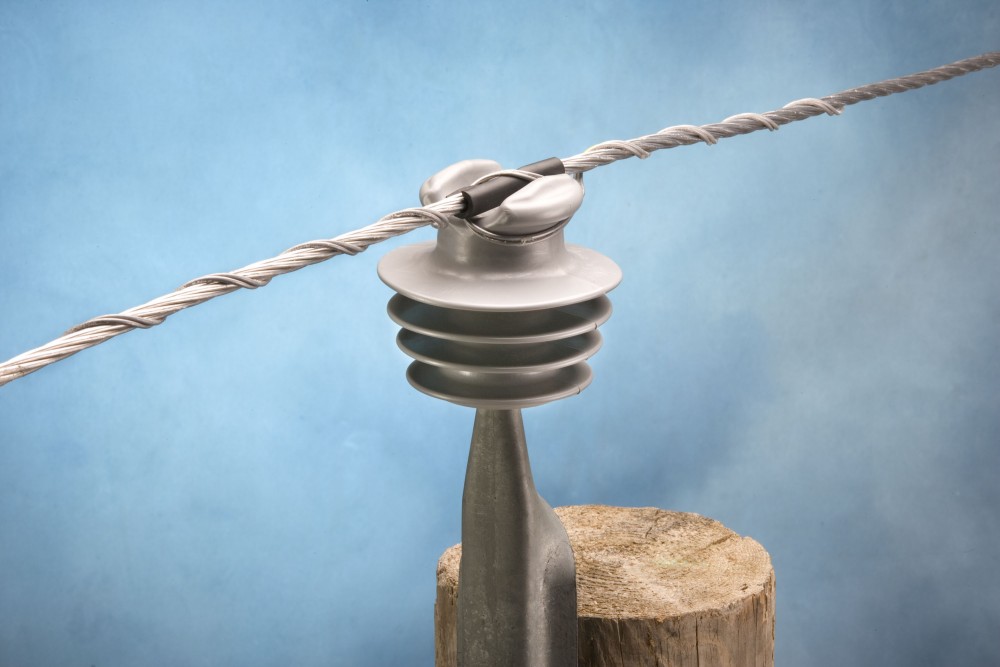A top tie refers to a structural component used to provide extra support and stability to the conductors. Its main purpose is to prevent lateral movement or swaying of the conductors. This is helpful in areas prone to high winds, ice loading or other environmental forces. The design of the top tie depends on engineering considerations and type of transmission tower. Top tie is from durable and high strength materials such as steel. Top tie help to reduce the conductor sway, offer stability to overhead lines. It also ensures the efficient power transmission across South America. Common types include single crossarm top tie, double crossarm top tie, v-string top tie, guyed top tie, rigid top tie and flexible top tie. They find help in applications such as seismic stability, wind load resistance, prevent conductor sway, ensuring line clearance and guyed tower support.
Key features of top tie
Top ties have various features that contribute to stability, durability and reliability. The following are the key features of top ties.
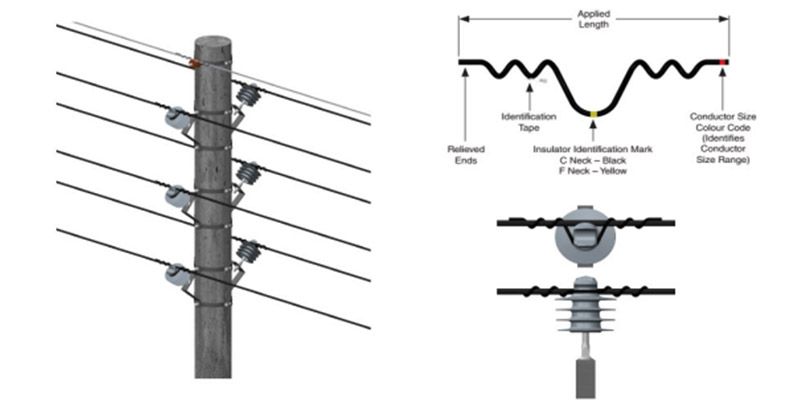
- High strength materials – top ties are from high strength materials such as steel or aluminum. They help to ensure they can withstand the mechanical loads and environmental forces.
- Lateral stability – this is the primary feature of the top tie which provides lateral stability to the conductors. This helps to ensure proper alignment and reducing the risk of damage.
- Corrosion resistance – top ties are often coated to resist corrosion. This is to enhance the longevity of the top ties especially in areas with high humidity.
- Tension adjustment capability – this allows for maintaining the proper tension in the conductors. It also helps to adapt to changes in environmental conditions.
- Ease of installation – top ties have simple features that allow for simple installation. They are user-friendly and compatible with common installation practices.
- Design – the design is robust to account for specific requirements of the transmission tower.
- Adaptability – top ties are able to adapt to various types of transmission towers.
- Insulator attachment points – the insulators provide electrical insulation to prevent current leakage. It also enhances the overall safety and reliability.
- Temperature compensation – they are also designed to accommodate temperature-related expansions and contractions.
Selection of top tie
This process involves careful consideration of various factors to ensure proper selection for various applications. These factors include tower design and type, compliance with standards, adaptability to terrain, load capacity and ease of installation. The installation process requires precision and adherence to safety standards. The following is a general installation process for to ties in South America.
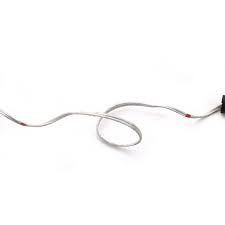
- Preparation – conduct a thorough site inspection to assess environmental conditions. Ensure you have all the safety tools required for the installation. This is including hard hats, safety glasses, gloves and safety harnesses.
- Equipment and tools – ensure all the tools and equipment are in good condition. This is including wrenches, tensioning devices, insulators and other hardware.
- Tower access – follow the established climbing procedures to access the transmission tower safely.
- Top tie installation – position the top tie at the desired location in the tower structure. Ensure proper alignment and clearance. Attach insulators to the top tie according to design specifications. Secure the top tie firmly to the tower structure following manufacturers guidelines.
- Tensioning – adjust the tension to meet the design requirements and avoid over tensioning.
- Quality control – conduct a thorough inspection of the installed top tie to ensure its meet quality standards. Check for proper alignment, secure attachment and any signs of damage.
- Inspection – conduct a final inspection to ensure the top tie provides lateral stability to conductors.
- Documentation – maintain detailed records of the installation process. This is including torque values, tension adjustments and any deviations from the design.
Maintenance and inspection of top tie
Regular maintenance and inspection of top ties help to ensure their continued effectiveness. They also help reduce the risk of unexpected failures. They also ensure the continued functionality of transmission systems. Additionally, it helps to identify and address potential issues that may cause failures and accidents. The following is a basic guide for maintenance and inspection of top ties in South America.
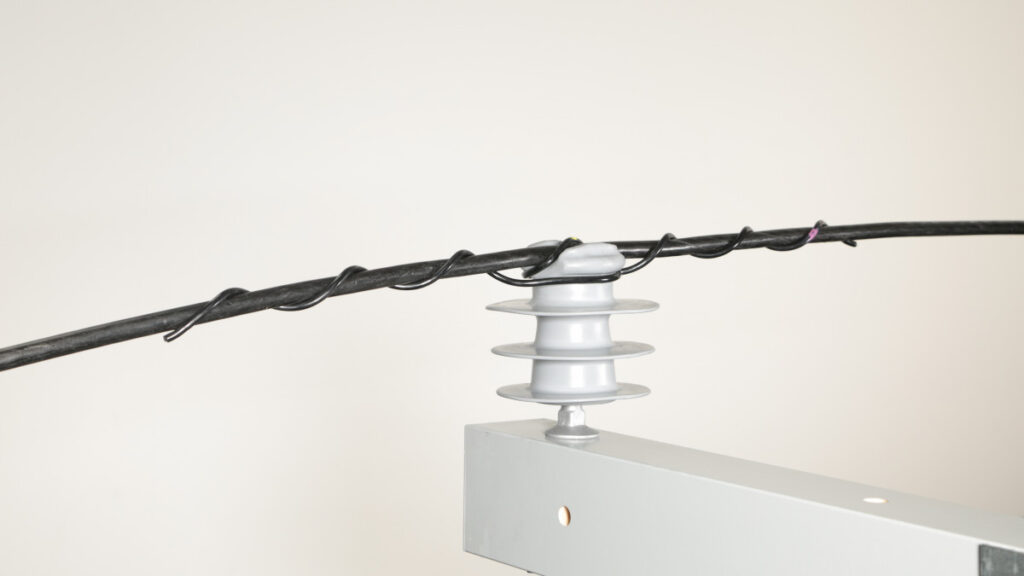
- Establish a routine schedule for top ties based on the industry standards, manufacturers recommendation and environmental conditions. The frequency depends on the environmental conditions such as climate.
- Perform visual inspection of each of each top tie to check for signs of wear, corrosion or physical damage. ensure the top tie is properly aligned and securely attached to the transmission tower structure.
- Check the condition of any corrosion-resistant coatings. Address any areas where the coating may show compromise. Remove any surface corrosion and apply protective coatings as required.
- Inspect the fasteners including nuts and bolts following manufacturers specifications. Check for wear and tear on hardware components.
- Periodically check and adjust the tension and ensure the load distribution among multiple top ties is properly balanced to prevent unseen stress.
- Inspect the insulators for any signs of electrical tracking or damage. Replace any compromised insulators.
- Address any vegetation growth around the top ties that could compromise their integrity and trim as needed. Consider the specific environmental conditions such as salt exposure in coastal areas.
- Keep detailed records of each inspection including findings any maintenance performed and dates of inspections.
Comparative analysis of top ties in South America
Conducting a comparative analysis for top ties involves assessing and evaluating different types and designs available in the market. It includes comparing the different brands and manufacturers of top ties in South America. Additionally, it is important to consult with industry experts for guidance on the best selection. The following are the factors to include in a comparative analysis in South America.
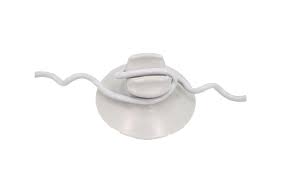
- Environmental adaptability – evaluate how well the top ties adapt to South America’s diverse environmental conditions. This is including high winds, seismic activity, humidity and temperature variations.
- Tower compatibility – assess how well each type of top tie aligns with different transmission tower types. Compare the ease of compatibility and ease of integration with various tower designs.
- Insulator attachment – examine the design features related to insulator attachment points and electrical insulation capabilities. Compare how well different top ties support insulators and contribute to electrical insulation.
- Cost analysis – evaluate the upfront costs and long-term cost effectiveness of each type of top ties. Compare the costs of procurement, installation and maintenance of different top ties.
- Load capacity and tensioning – evaluate the load bearing capacity of each top tie and the ability to adjust tension as needed. Compare the load capacities and tension adjustment mechanisms of different top ties to meet specific requirements.
Certifications and standards in South America
There are various certifications and standards in South America that govern the use of top ties. Some of the south American countries adopt the international regulations for top ties. Additionally, it is important to stay updated with the latest industry practices and regulatory expectations. The following are the common certifications and standards in South America.
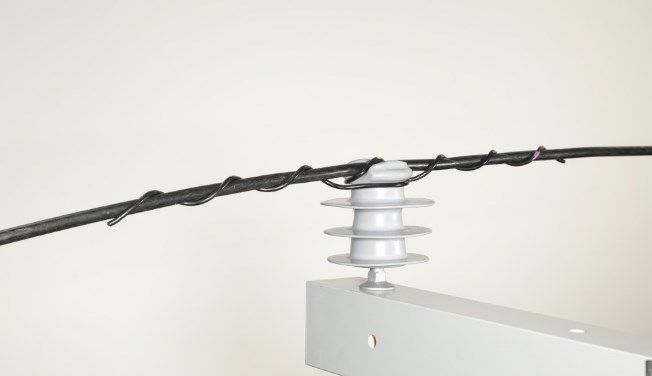
- National and international standards – these include IEC standards and ANSI standards. They include standards for electrical equipment such as top ties.
- Country-specific standards – different countries may have their own set of standards and regulations related to electrical equipment.
- Regulatory authorities – check with regulatory authorities in each country to understand the specific certifications.
- Industry associations – these associations provide manufacturers with certifications associated with electrical transmission.
- ISO certifications – this indicates that the manufacturer has implemented a quality management system.
- IECEE CB scheme – this provides a framework for mutual acceptance of product safety test results among participating certification organization.
Regional market for top ties in South America
Market dynamics including demand, suppliers and specific product preferences influences the market for top ties. It is important to conduct market research and engage with local industry experts and suppliers involved in transmission line projects. the following are the factors that influence the regional markets in South America for top ties.
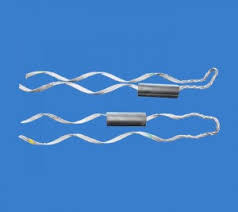
- Economic factors – economic stability and growth can affect the overall demand for infrastructure projects and market for top ties.
- Technological advancements – improved design and technology for top ties has improved for materials for top ties.
- Environmental conditions – factors such as wind resistance, seismic stability and resistance to corrosion also influence market for top ties.
- Energy sector growth – the renewable energy projects may drive the demand for top ties in the region.
- Local manufacturing and suppliers – the availability of local manufacturers and suppliers may influence the market dynamics.
Frequently asked questions
What are top ties as used in South American transmission lines?
Top ties are components that connect the transmission line conductors to the supporting towers. They ensure the stability and reliability of transmission lines in South America.
How do top ties contribute to the stability of transmission lines in South America?
Top ties provide mechanical support to transmission towers preventing them from toppling over due to strong winds. They act as tensioned cables that anchor the towers to the ground transferring lateral forces from towers to the ground.

